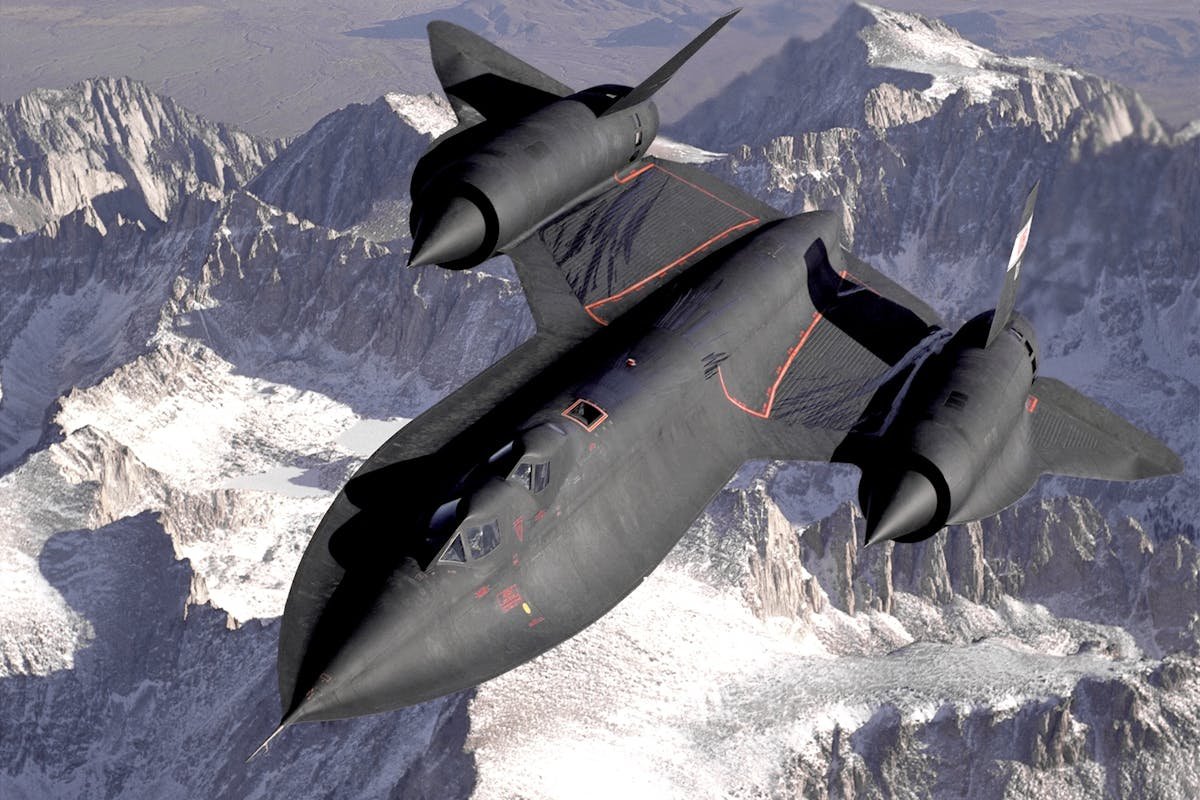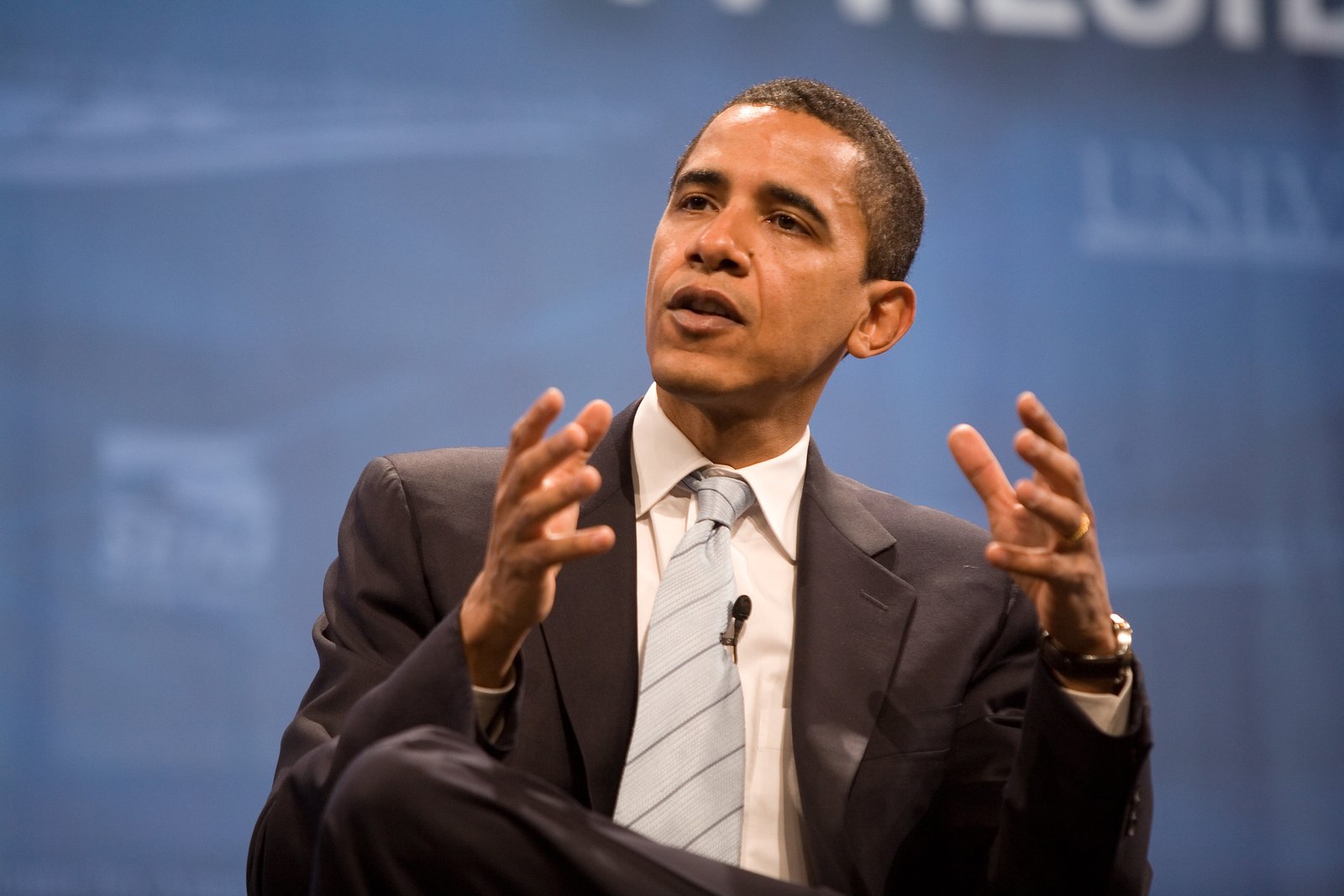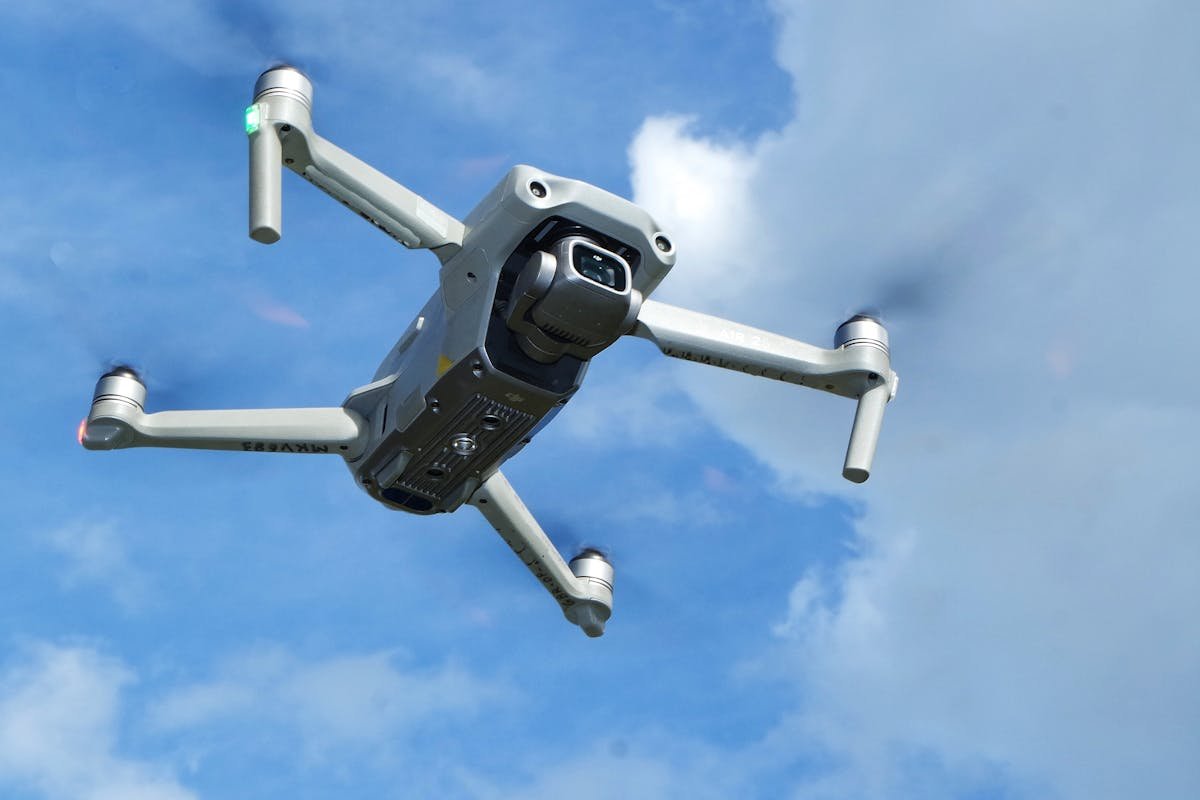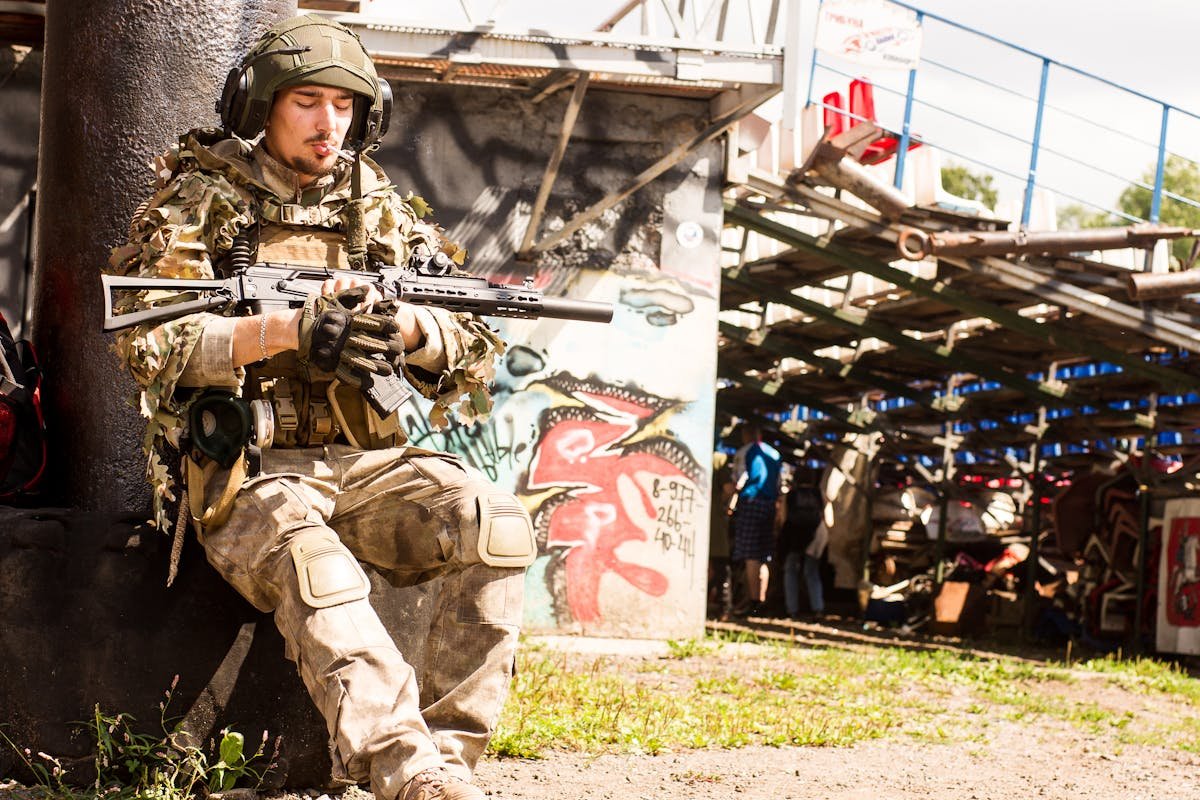The Cold War Didn’t End—It Just Got WiFi: The 2025 Conflict No One Admits Exists
Military & Defense / Date: 06-24-2025

They told us the Cold War ended in 1991. They lied. Sure, the Berlin Wall came down. The Soviet Union collapsed. There were fireworks and speeches and feel-good soundbites. But the truth? That war didn’t die. It just changed clothes.
Now, in 2025, the war is digital. It's covert. It hides behind code, cyber attacks, propaganda bots, economic blackmail, and satellite showdowns. And the main players? Pretty much the same—Russia, the United States, China, and their tangled web of allies.
So what are we unpacking here? This isn’t a boring history lesson. This is a wake-up call. You’re about to learn how the Cold War never actually stopped—just rebranded itself into something even more complex, more invisible, and a whole lot more dangerous.
Why the “End” of the Cold War Wasn’t an End at All
Let’s be real—calling 1991 the end of the Cold War is like saying your ex stopped texting you just because they changed their number. The tension didn’t disappear. It just got sneakier.
Superpower Rivalry Got a New Mask
After the fall of the Soviet Union, Russia didn’t disappear. It restructured. Rebranded. And slowly, under leaders like Vladimir Putin, it found new ways to project power—without waving red flags or parading missiles down Red Square.
The U.S., on the other hand, declared victory. “Democracy won!” they said. Then came 9/11, Iraq, Afghanistan, financial collapse, cyber breaches, disinformation campaigns, and a very sobering realization: the enemy had adapted. And they weren’t just Russia anymore.
China stepped in. So did Iran. North Korea. Even private companies with nation-sized power.
Cold War 2.0: Same Game, New Weapons
Welcome to the age of asymmetric warfare. No more waiting for tanks at the border. Now, your laptop might be the first battlefield.
Hacking Is the New Nukes
Instead of nukes in silos, we’ve got malware sleeping in our infrastructure. Pipelines, power grids, water systems—all vulnerable. In 2021, the Colonial Pipeline ransomware attack showed how quickly one hack could paralyze millions. That was just the trailer.
Imagine that, but coordinated. With nation-state backing. That’s the kind of quiet threat we’re living with every single day.
And guess what? It’s happening all the time. Most of it doesn’t even make the news.
Space Is the New Berlin
The Cold War had Berlin. We’ve got low Earth orbit.
Right now, the U.S., Russia, and China are racing to control satellites, space weapons, and anti-satellite tech. Why? Because whoever owns space, owns Earth’s communications—and every drone, missile, and GPS system down here.
The fight for the skies isn’t coming. It’s already happening.
The Silent War in Your Pocket
Social Media: The New Battlefield
Let’s not kid ourselves—TikTok, Facebook, X (yeah, we still hate that name), and YouTube aren’t just for memes and dance videos.
They’re information weapons.
Foreign actors—especially Russian and Chinese-backed groups—have used fake accounts, deepfakes, and viral misinformation to stir division in democratic nations. Elections have been influenced. Riots have been encouraged. Vaccine fears? Weaponized.
And the scariest part? Most people don’t even notice.
Economic Espionage and Sanctions
Remember the old Cold War chess game with spies and secret files? Now it's trade wars and economic sabotage.
The U.S. bans Huawei. China bans Micron. Countries battle over semiconductors, rare earth minerals, AI patents, and supply chains. It’s all war by other means.
Sanctions used to be a diplomatic slap. Now they’re full-on chokeholds.
Proxy Conflicts: The Same Old Script
Ukraine: Not Just a Border War
Let’s talk about the elephant in the room—Ukraine.
Russia’s 2022 invasion wasn’t just about Ukraine. It was a power play against NATO, a challenge to the U.S.-led world order, and a signal flare for Cold War-style confrontation.
Western countries didn’t send troops. They sent weapons. They sent money. That’s classic Cold War strategy—fight by proxy, bleed the enemy without burning your own capital.
Sound familiar?
Taiwan: The Ticking Time Bomb
Now swap Russia for China. Swap Ukraine for Taiwan.
China sees Taiwan as part of its territory. The U.S. sees it as a vital democratic ally—and a microchip superpower. If China invades, it could be the start of World War III. And just like before, we won’t call it war. We’ll call it “containment” or “stabilization.”
It’s Cold War déjà vu. Just with better graphics.
The Psychology of a New Cold War
Fear Is Still the Fuel
The Cold War worked because it ran on fear. Fear of communism. Fear of nuclear annihilation. Fear of the “other.”
That fear is alive and well. It just speaks in new terms—cyberattacks, AI arms races, cultural infiltration, and economic collapse. And like before, governments use that fear to justify surveillance, spending, and censorship.
Do we really think we’re that different from the people hiding under desks in 1962?
Nationalism Is Back, Baby
One of the ugliest truths? Nationalism is making a comeback. Loudly.
From “Make America Great Again” to Russia’s calls to restore its empire, to China’s talk of the “century of humiliation”—superpowers are revving up old engines of pride, identity, and “us vs. them” thinking.
That’s not random. That’s Cold War language. Dusted off and rebranded for TikTok.
So, Is the Cold War Still Alive?
Let’s stop pretending.
The Cold War didn’t end. It evolved.
No, we’re not lining up tanks in Germany anymore. But the same mentalities exist. The same rivalries. The same hunger for dominance—just with smarter tools and sneakier tactics.
It’s Cold War 2.0. Or maybe it never got the 1.0 patch in the first place.
Follow Us
Newsletter
Subscribe to our newsletter to stay updated with our latest news and offers.
We respect your privacy.Trending










